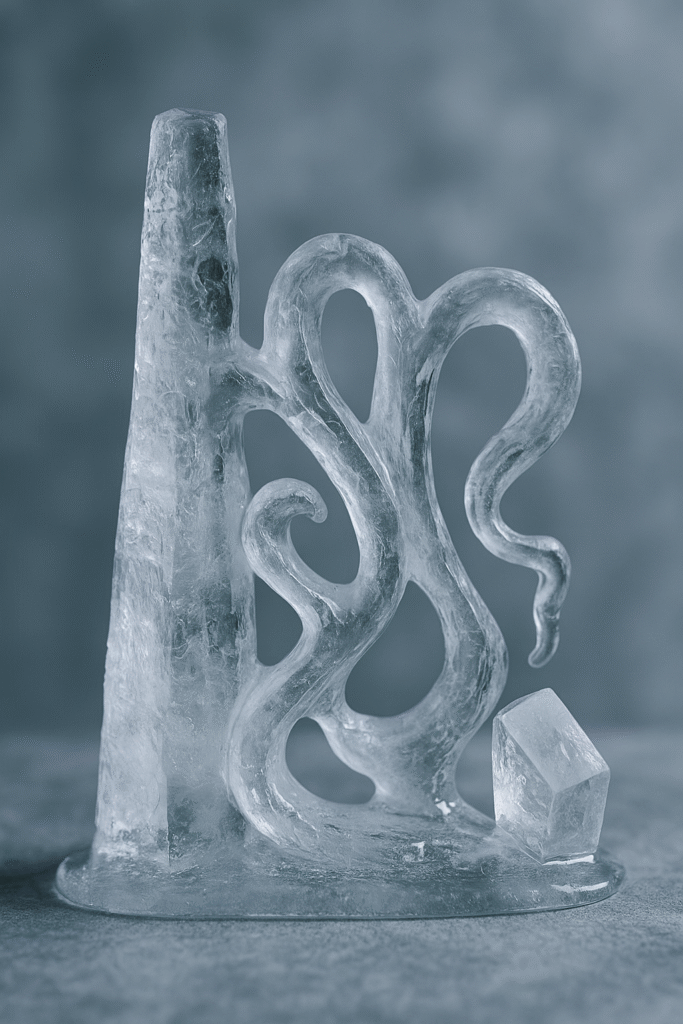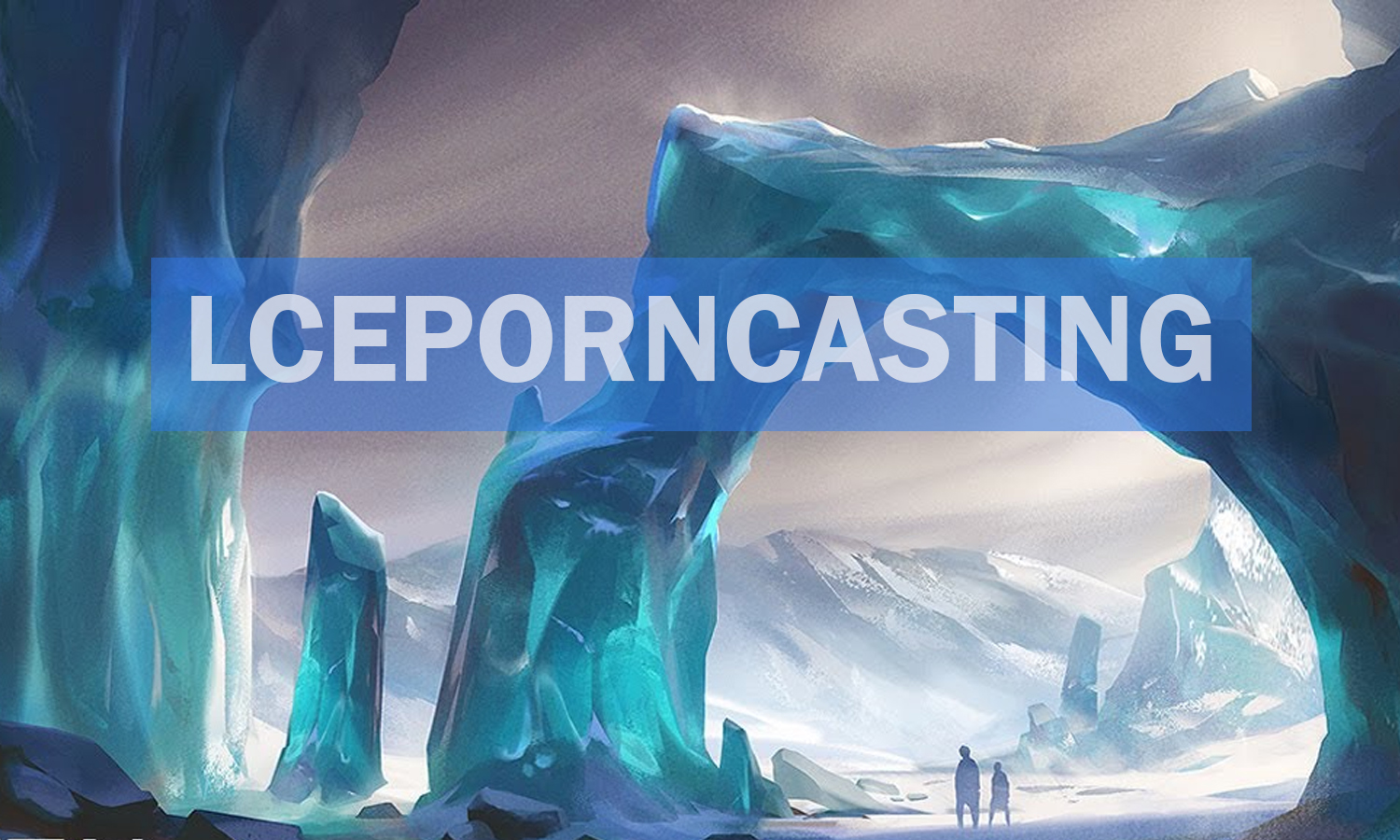Introduction
Every day we encounter new terms online that make us pause and ask: What does that even mean? One such curious phrase is “Iceporncasting”. It’s a word you might stumble across on social media, blogs, or even some design journalism sites. It seems to combine “ice”, “porn” and “casting” which immediately sounds unusual.
In this article I will walk you through:
- what iceporncasting could mean,
- how people are using the term,
- where it may have come from, and
- what questions and cautions are worth keeping in mind.
I’ll keep the language simple (around B1 level) so it’s easy for anyone to understand. And by the end, you’ll also find 10 frequently asked questions to sum up what we’ve learned.
What does Iceporncasting mean?

The first thing to say is: the term does not have a clear, widely accepted definition. It appears to be a blended or made-up word that mixes several ideas.
Let’s break the word into parts:
- Ice means frozen water; cold visuals, or ice as a material.
- Porn in online slang often means “very intense or visually pleasing” (as in “food porn” or “architecture porn”), but it can also carry the adult-content meaning.
- Casting in one sense is the process of creating a mold and shaping something; in another sense, it means auditioning or selecting people (as in film casting).
Because of this mix, iceporncasting can appear in two main interpretations.
1. Art / manufacturing / design interpretation
Under this view, iceporncasting refers to a creative technique that uses ice molds or frozen shapes to cast other materials such as resin, metal, or plastic, or simply to create ice-based art installations. For example, freeze water in a shape, then pour another material into the frozen form, and when the ice melts you have a cast object. This is sometimes referred to as “ice casting” in manufacturing or ceramics.
2. Digital / online trend / adult-content interpretation
Under this view, the term is used more loosely to describe something in the online world, for example aesthetic visuals that are icy, cool, or frosty, or something that plays on the word “casting” in the sense of auditions or video production. In some cases it may be connected to adult-content casting or clickbait sites. Some people warn that because the word includes “porn”, some websites using the name “iceporncasting” may not be safe or reliable.
Why is the term gaining attention?
Here are a few reasons why iceporncasting is popping up in search results and conversations:
- Novelty: The combination of “ice”, “porn” and “casting” is unusual. That alone makes people curious.
- Visual appeal: The idea of icy visuals, frozen molds, shimmering or transparent shapes attracts people working in design, visual arts, or digital media. Ice as a material looks sleek, clean, and somewhat magical.
- Online culture and clickbait: Because the word is odd, it can attract clicks. Some websites may use it to draw traffic, whether the content is legitimate or not.
- Cross-industry interest: From art installations to digital photography, to film sets or advertising, the idea of “icy” aesthetics is used widely. The term may therefore appear in multiple fields, though loosely.
How might iceporncasting work (in the art/design sense)?
If we take the “ice casting or ice mold” interpretation, the process can look something like this:
- Design or pick a shape or mold – you decide on the object you want to create, which could be a sculpture, a piece of decorative art, or a prototype.
- Freeze water in a mold – you pour water, often filtered or clear, into a mold or container and freeze it to form a solid ice shape. Some methods use special freezing to reduce bubbles so the ice is clear.
- Use the ice as a mold or negative cavity – you either fill the ice mold with another material such as resin or molten metal, or you sculpt the ice itself as part of the artwork. The casting happens when the ice is the form used to shape the final piece.
- Remove the ice or let it melt – often the ice will melt away or be removed, leaving behind the material cast within it, or leaving a form that was carved out of ice. In some art installations, the melting process itself is part of the performance.
- Finish and display – the final piece is cleaned, finished, and displayed in a gallery, online, or as a design object.
Benefits of this technique include:
- Use of a temporary mold since the ice disappears, creating less waste.
- Very clear surfaces possible if the ice is pure and well frozen.
- Visual drama, especially if the ice is used in performance art where melting or change over time is part of the message.
Challenges include:
- Controlling melting and environment, since warm temperatures may ruin the work.
- Risk of cracks or bubbles in the ice which affect clarity.
- Time sensitivity, because once ice is exposed to warm air it begins to melt.
How might iceporncasting be used (in digital or online context)?

When used as a trend term rather than a strictly technical method, iceporncasting might refer to:
- Photographic or video styles: Using icy textures, frosty filters, or cold color palettes like blues and silvers to create a cool or futuristic look.
- Advertising and marketing visuals: Brands might use frozen visuals, ice backgrounds, or images of melting ice to convey freshness, luxury, or purity. Some content creators might label their visuals “iceporncasting style” just to stand out.
- Online entertainment or casting themes: The “casting” part may refer to auditioning, performance, or streaming. Some websites may use the term to describe a type of video where performers are recorded in casting scenarios with an icy aesthetic. Many of these uses are unverified and may involve adult content.
- Clickbait or viral content: Because the term is strange and rare, it may be used as a tag or keyword to draw attention. These uses often are not about a real craft or style but about traffic.
What to watch out for (risks and cautions)
Since iceporncasting is a loosely defined term and sometimes used in contexts you may not expect, here are some things to be careful about:
- Misleading websites: Some sites may use “iceporncasting” as a hook but offer content that’s unrelated, unsafe, or adult-oriented in a way you didn’t anticipate. If a website asks for credit card details just for verification, it is a strong sign of a scam.
- Adult content hidden behind ambiguous terms: Because “porn” is part of the word, you may end up with adult material or sites that are not safe for younger audiences.
- Lack of clarity in meaning: Many sites use the term but don’t define it clearly. What one writer means may differ from another.
- Technical difficulty if attempting the ice mold interpretation: If you try to do ice casting at home or as a hobby, you’ll need to control freezing conditions, avoid cracks or bubbles, and account for melting. Without experience you may face frustration.
- Copyright and legality: If you’re getting involved in casting whether visual arts or filming, ensure you have proper rights and permissions and that the context is safe, ethical, and legal.
Why this term matters
You might ask: So what? Why should I care about this weird word? Here are a few reasons:
- It’s a sign of how language evolves online. New words emerge, mix genres like art, adult, and tech, and reflect how online culture blends fields.
- It highlights emerging craft or visual trends. Even if the term is loose, the idea of using ice, frozen materials, and frosty visuals is real in art and design.
- It shows caution is needed in digital spaces. Because a term may have multiple meanings, some safe and some not, it reminds us to check sources and context.
- It gives inspiration. If you’re a designer, artist or content creator, the concept of ice casting can spark new ideas even if you don’t use the name “iceporncasting”.
The possible future of Iceporncasting
Because the term is still new and undefined, its future is open. Some possibilities:
- Artistic niche growth: The ice mold casting technique could become more widely known and the term could be adopted in maker or artist communities in a positive way.
- Visual style trend: The icy look in digital content may rise in popularity, so “iceporncasting” might settle in as a label for frosty aesthetics.
- Fading away: It’s also possible that because the term is odd and confusing, it might fall out of usage or be replaced by clearer terms.
- Continued ambiguous use: It may continue as a buzzword in clickbait, niche online forums or adult-content spaces, keeping its mixed reputation.
Summary
In short, iceporncasting is a curious, blended term that currently means more than one thing. On one hand, it can refer to a genuine craft in art and design, using ice as a mold or form to cast objects. On the other hand, it is used in online culture to describe icy visuals, digital styles, or even adult-content casting. Because of this, the term is not yet clearly defined and you should approach it with both curiosity and caution.
If you’re interested in the art side, you might explore “ice casting” or “freeze casting” for more technical clarity. And if you’re seeing the word in an unexpected place such as a website offering “iceporncasting auditions”, it’s wise to check the source carefully.
Final thoughts
The phrase iceporncasting is a good example of how online culture invents new words by combining unexpected parts. While the word is still vague, it points to two interesting fields: one real (ice casting in art and design) and one more speculative (icy visual trends or adult-casting branding). Whether you’re simply curious or thinking of experimenting with the technique yourself, the key is to keep your mind open, check sources carefully, and understand the context in which the term is used.
10 Frequently Asked Questions (FAQs)
- What exactly is iceporncasting?
The term is loosely defined. It may refer to using ice molds to cast objects, or to online or visual content with icy themes and casting aspects. - Is it connected to adult content only?
No, not always. Although “porn” is in the word, many uses of iceporncasting are about art or design, not adult content. But because of the ambiguity, some uses are adult-oriented. - Can I try iceporncasting as an art technique at home?
Yes, if you take it in the sense of ice casting. You can freeze water in a mold and use it as a mold or sculpt it, but you must handle freezing conditions, melting, and materials carefully. - What materials do I need if I experiment with ice casting?
You will need a mold or container, filtered water for clear ice, a freezer, casting material such as resin or plastic, and protective tools for handling cold. - Is iceporncasting a mainstream industry?
No. It’s not an established industry with official standards. It’s a trend term that appears more in creative or digital spaces than as a big business sector. - What are the risks when seeing “iceporncasting” online?
Risks include misleading websites, clickbait, adult content you weren’t expecting, and scams. Always check legitimacy, especially if you are asked for personal information. - Why does the term include “porn” if it’s not always about adult content?
In many cases “porn” is used to mean “visually intense”, like “food porn”. So “ice porn” could mean visually intense ice imagery. - How is this related to “freeze casting” or “ice templating” in research?
In materials science, “freeze casting” or “ice templating” refer to techniques where ice is used as a template to create porous ceramics or metals. The connection is more technical than what most online “iceporncasting” uses mean. - Is there a chance the term will become more defined in future?
Yes. If more artists or designers adopt it in a consistent way, or if communities define it clearly, then iceporncasting could become more defined. But it also may fade if it remains vague. - If I find a website offering iceporncasting “casting calls”, should I be careful?
Yes. Because “casting calls” often refer to auditions in film or adult entertainment, if a site uses that phrase you should proceed with caution. Always check legitimacy, reviews, and safety standards.
Connect with us for more information : Blog Pioneer

